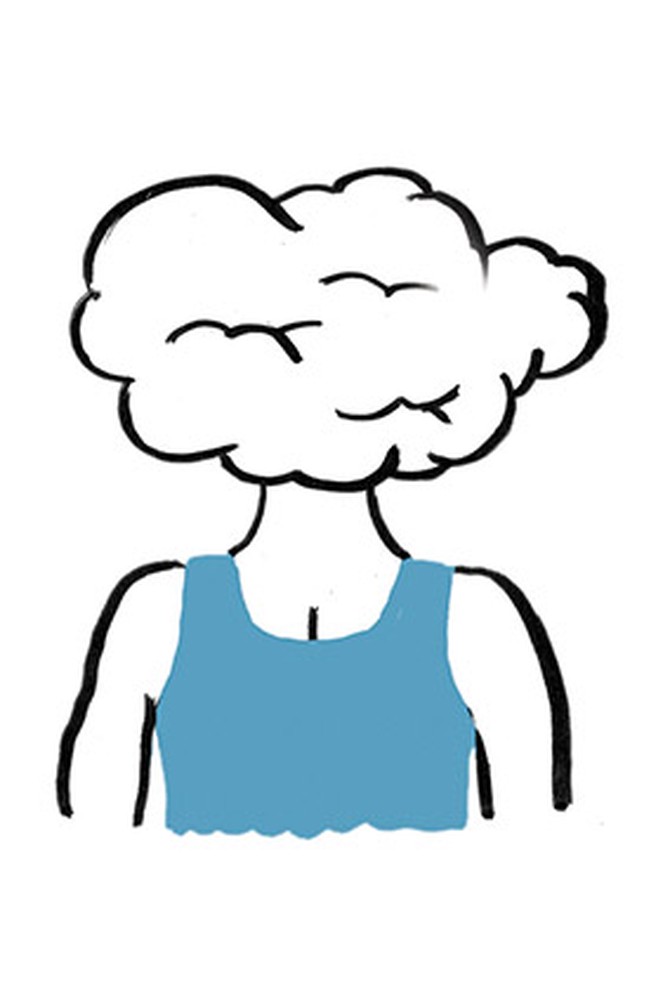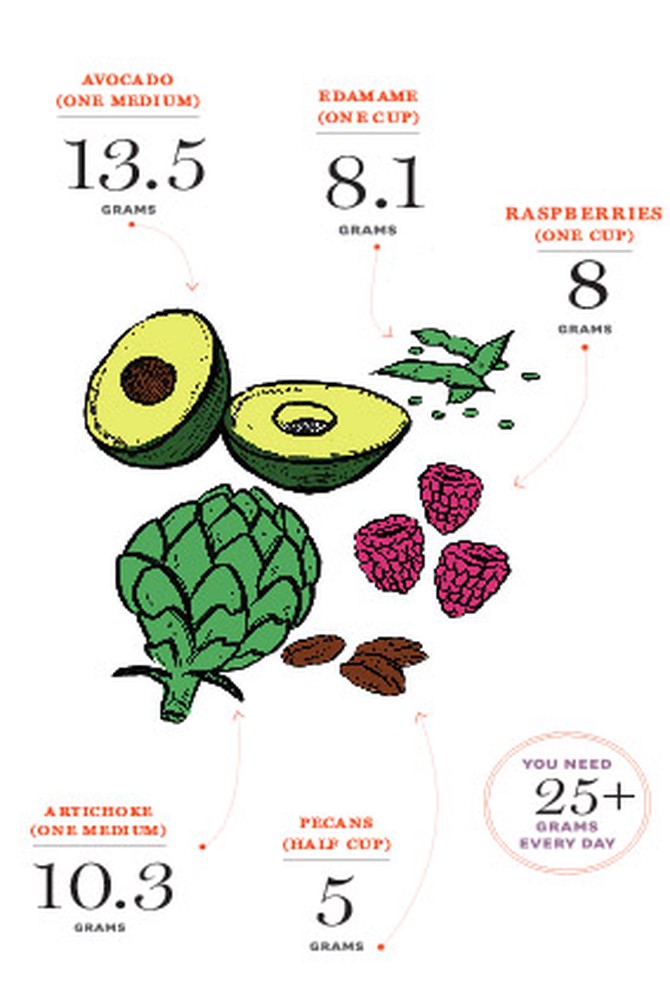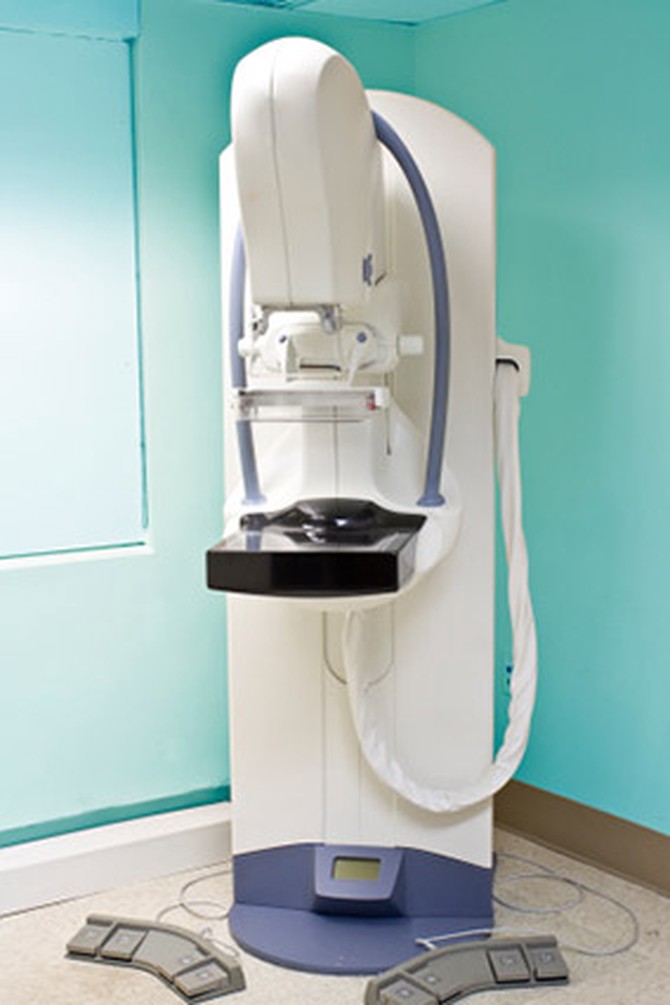Dr. Oz's Guide to Getting Healthy in Your 40s
By Dr. Mehmet Oz

Photo: Levi Brown
At age 40, you may start to experience the effects of hormonal changes as perimenopause begins to set in (menopause arrives, on average, at age 51). One thing that doesn't change: your ability to fend off serious health challenges by eating well and exercising.
Feeling a little stiff? Poor flexibility in people over 40 has been associated with arterial rigidity, which means your heart has to work extra hard to pump blood—potentially leading to a heart attack or stroke. Here's the good news: Researchers think that stretching your muscles may also make your arteries more flexible. Use this easy, gym-class-inspired sit-and-reach test to figure out how limber you are, then try Dr. Oz's exercises to help loosen up.
Do This: Stretch
Feeling a little stiff? Poor flexibility in people over 40 has been associated with arterial rigidity, which means your heart has to work extra hard to pump blood—potentially leading to a heart attack or stroke. Here's the good news: Researchers think that stretching your muscles may also make your arteries more flexible. Use this easy, gym-class-inspired sit-and-reach test to figure out how limber you are, then try Dr. Oz's exercises to help loosen up.
- Sit on the ground, legs extended, hip-width apart, with a yardstick positioned lengthwise between them so your heels are aligned with the 15-inch mark.
- Slowly lean as far forward as possible with your arms outstretched, sliding your fingertips along the yardstick with the goal of reaching past your feet.
- Return to starting position and relax for a few seconds. Repeat exercise to obtain the most accurate measurement. For women, a mark of 15 inches or less indicates poor flexibility.

Illustration: Joel Holland
Avoid This: Brain Fog
If you're feeling a little sluggish and slow on the uptake, you're not alone. Symptoms of perimenopause include fatigue and memory problems, which may be due in part to fluctuating estrogen levels. For an energy boost that might also give you a cognitive spark, try a glass of the phytoestrogen-rich green drink I swear by. To make four eight-ounce servings, combine two cups spinach, two cups cucumber, one bunch celery, a half inch or teaspoon gingerroot, one bunch parsley, two apples, the juice of one lime, and the juice of half a lemon in a blender, and mix until liquid.

Illustration: Joel Holland
Eat This: Fill Up On Fiber
Diabetes now strikes one in 12 people in the United States, and a woman diagnosed at age 40 may lose an estimated 14 years from her life, according to a study in the Journal of the American Medical Association. Pack your diet with fiber—which can moderate the release of glucose into your bloodstream—and you might reduce your risk of getting the disease by up to 60 percent. Get at least 25 grams of roughage a day from leafy greens, whole grains like oats, and these surprisingly fiber-rich options:
Avocado (one medium)
13.5 grams
Artichoke (one medium)
10.3 grams
Pecans (half cup)
5 grams
Edamame (one cup)
8.1 grams
Raspberries (one cup)
8 grams
You need 25+ grams every day

Photo: Thinkstock
Test This: Schedule Your First Mammogram
Over the past few years, debate has raged about whether to screen women for breast cancer at age 40 or 50. Some experts argue that a harmless spot found during a mammogram may prompt healthy 40-year-olds to undergo unneeded biopsies. Yet a study of more than one million women in Sweden found that testing at a younger age led to a 29 percent decrease in deaths. Early detection is critical if you have dense breasts or if your mother or sister has had breast cancer—factors that can significantly increase your risk of developing the disease.
Next: Dr. Oz's 24 smart strategies for feeling great at every age
Next: Dr. Oz's 24 smart strategies for feeling great at every age
From the January 2013 issue of O, The Oprah Magazine
As a reminder, always consult your doctor for medical advice and treatment before starting any program.

